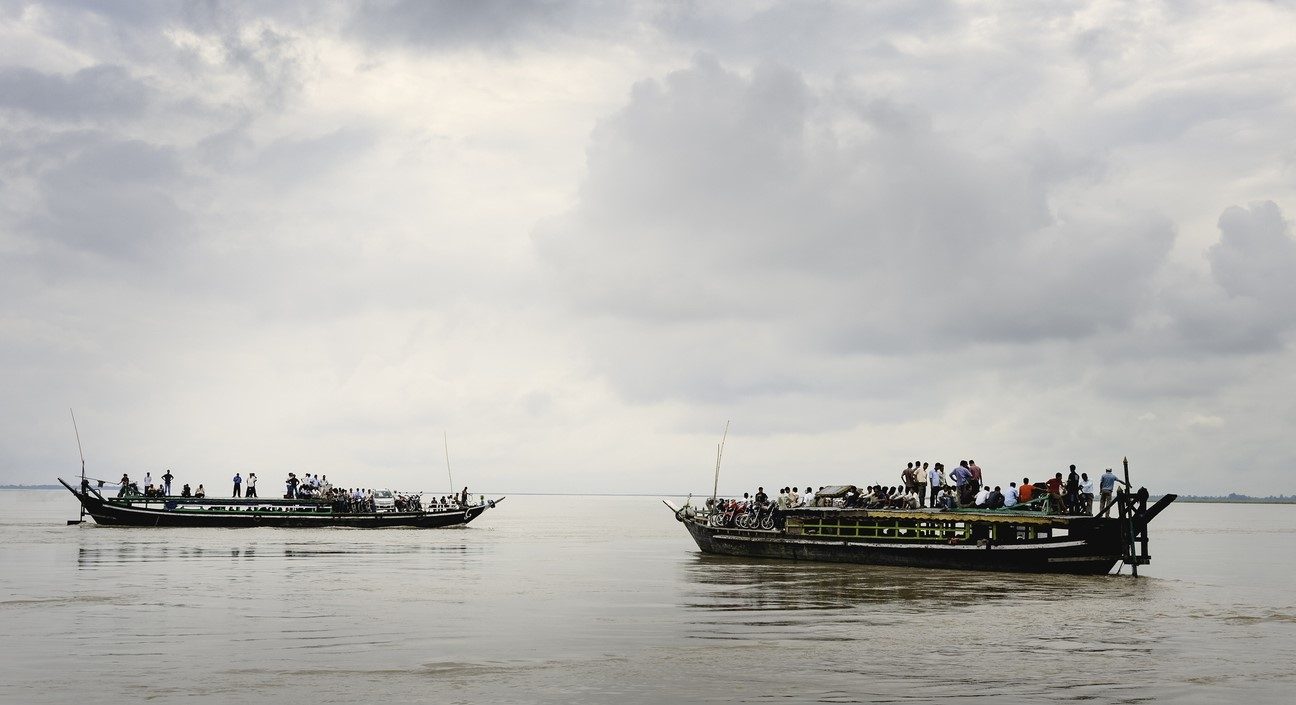
Understanding and resilience to disaster related displacement: river island communities of Assam
Globally, natural disasters affect the lives of over 200 million people every year. Between 1995 - 2015 over 2.3 billion people were affected by water related disaster and 1.5 million people died. Floods account for almost three-quarters of the total displacement or an average of almost 10 million globally each year.
Of these, India has the highest annual displacement in the world, with nearly 2 million people displaced each year due to floods. Assessing community vulnerability to natural disasters is the first step towards understanding the impact of, and capacity of communities to mitigate risks in the face of a disaster and determines not only individual and community survival, but also the extent of other long-term social, economic and psychological effects on a population. The Char community in Assam, dwells in ‘almond’ shaped riverine alluvial formations (the chars); their lives dominated by recurrent water related disasters.
In 2017, we undertook a qualitative study in Assam among Char population to understand community experiences, perceptions and responses to natural disaster. We found that was a complex interplay of contextual factors related to poverty loss of land, erosion and water pollution that challenged communities’ ability to respond and recover from natural disasters.
Building on these findings, the present study will comprehensively investigate all dimensions of community vulnerability and use a participatory approach, to develop and prioritise interventions for disaster risk reduction for future testing and implementation.
External collaborator: Ms Jennifer Liang, Programme Lead, The Action for Northeast Trust, Chirang Assam




